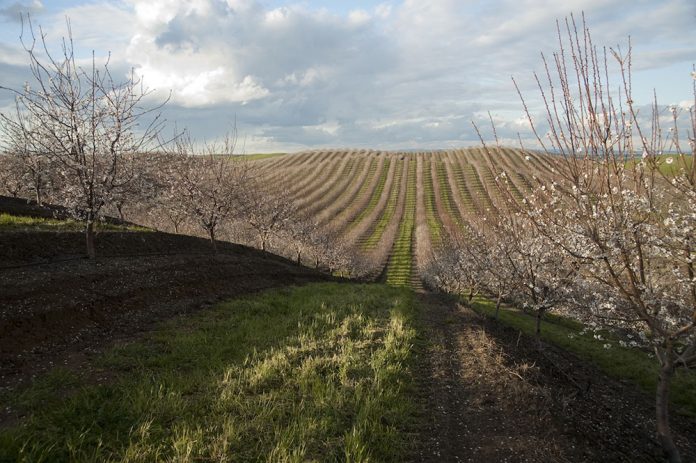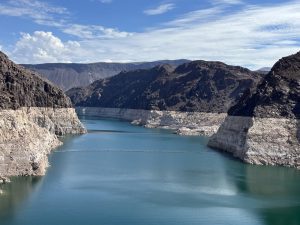
Finding solutions to complex problems, like the Colorado River’s dwindling supplies, requires working together, not divisive attacks. Fallowing productive farmland should be a last resort when it comes to America’s food supply.
The problem is, there isn’t enough water in the Colorado River to meet its demands, thanks to the ongoing drought in the Western U.S.
The situation is bad enough that the Bureau of Reclamation, which oversees water operations on the river, is seeking 2 to 4 million acre-feet of water reductions and additional conservation by users in the river’s seven basin states. That is a significant amount and will put a strain on everyone, but we can make it less painful by working together.
Growers across California are stepping up, at their own expense, to provide solutions for the viability of their basins and the communities those basins serve. In many cases, that means senior water rights holders are voluntarily making water supplies available to junior water users, preventing cuts otherwise required. There are other collaborative efforts underway to fund on-farm conservation projects that are helping reduce demand.
Urban, agricultural and environmental water users would all benefit from such efforts in the short- and long-term.
What is not helping is the relentless finger-pointing by non-agricultural water agencies and critics of agriculture, saying that farmers aren’t doing enough.
Nothing could be further from the truth.
Farmers throughout Southern California are already curtailing water use and have voluntarily put additional cuts on the table next year to help shore-up the Colorado River.
California’s Palo Verde Irrigation District began adding conserved water to Lake Mead in 2021 and will continue to do so through 2024.
In addition to existing water efficiency and water recycling programs, the Coachella Valley Water District just approved a new agricultural water use reduction program.
The Imperial Irrigation District currently conserves and transfers on average 500,000 acre-feet per year and has saved more than 7 million acre-feet of water since 2003 as its conservation programs continue to ramp up. In addition, its Lake Mead storage account is filled to capacity.
Still, critics of irrigated agriculture continue to shame farmers for growing crops, such as alfalfa, almonds and rice, saying they should fallow their fields or switch to crops that use less water, which fixes nothing.

Farmers grow crops that other people buy. Planting a crop that uses less water ends up being a complete waste if nobody is going to buy it.
In addition, alfalfa is the foundation of the food chain that brings beef and dairy products to the table. Think milk, ice cream, cheese, yogurt and more. Shifting alfalfa production to other states adds food miles, greenhouse gas emissions from transportation and ultimately higher costs and/or emptier shelves at the grocery store.
Worse is the impact on communities that depend on agriculture for their economic well-being. California’s Imperial Valley has no other water supply than the Colorado River. The Sacramento Valley has been devastated this year by unprecedented water supply cuts. And a drive down I-5 along the San Joaquin Valley’s Westside reveals mile after mile of orchards that have been pulled out because of a lack of water. These are important agricultural regions that don’t have an economic base that can absorb additional unemployment, business closures and the loss of tax revenue that comes with fallowing.
Imperial Irrigation District General Manager Enrique Martinez said it best in a recent interview: “You’ve got to… keep listening to the farmers, because ultimately, you don’t want to get to the point of creating a food crisis to solve a water crisis.”










